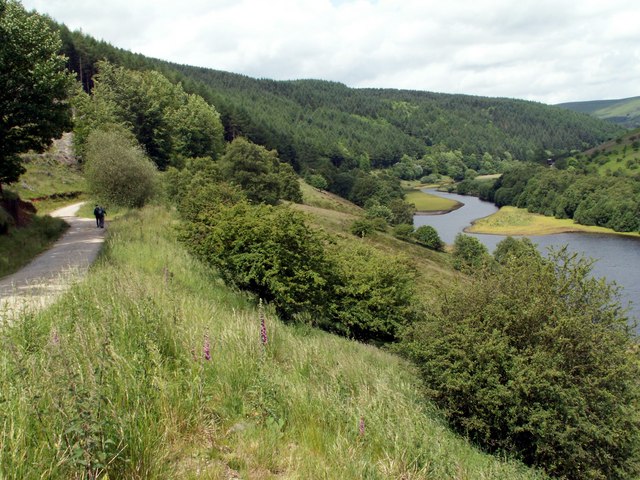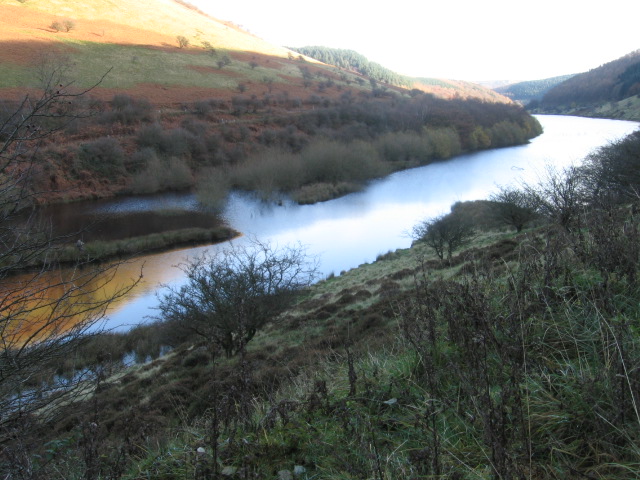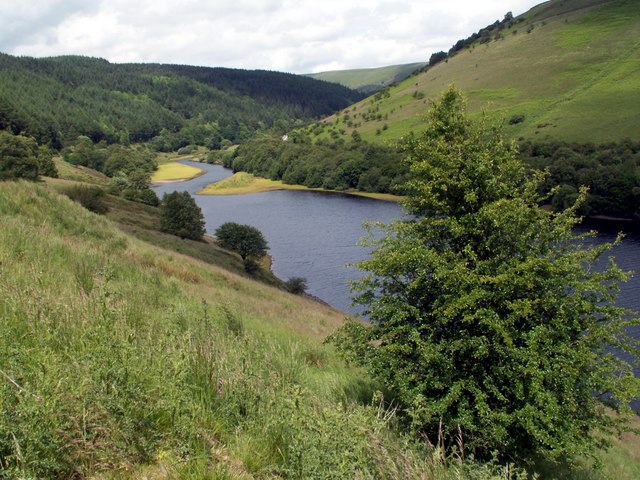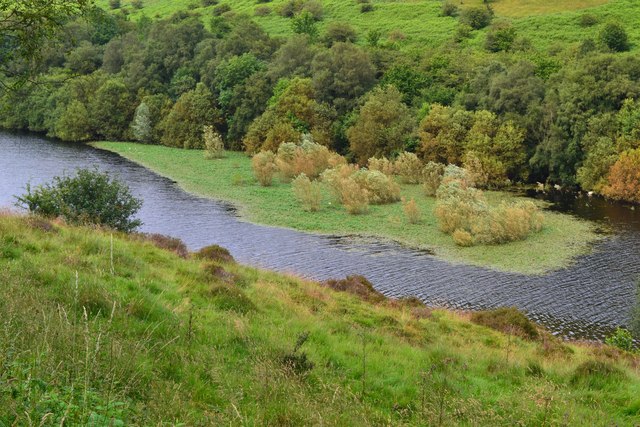210 ha
Ladybower Reservoir
Ladybower Reservoir is a large Y-shaped, artificial reservoir, the lowest of three in the Upper Derwent Valley in Derbyshire, England.
Location
About
Ladybower Reservoir is a stunning body of water located in the heart of the Peak District National Park in England. This beautiful reservoir is a popular destination for tourists from all over the world, offering a range of activities and attractions to explore. Whether you’re looking for a quiet retreat in nature or an adventure-packed vacation, Ladybower Reservoir is the perfect place to visit.
The reservoir was built in the 1930s and is the largest of three reservoirs in the Upper Derwent Valley. It spans across 2.5 miles and has a capacity of 50,000 million gallons of water. The reservoir is not only a vital source of water for the surrounding area but also serves as a popular destination for tourists looking to enjoy the great outdoors.
One of the most popular activities to do at Ladybower Reservoir is walking. There are many trails that wind around the reservoir, offering breathtaking views of the water and the surrounding landscape. The walk around the reservoir is approximately 8 miles long and takes around 3 hours to complete. The trail is mostly flat, making it an easy walk for all ages and fitness levels. The views of the reservoir and the surrounding hills are stunning and it is the perfect way to spend a relaxing afternoon.
If you’re looking for a more challenging walk, you can head up to the Derwent Dam, which is where the famous Dambusters practiced for their raid on the Ruhr Valley during World War II. From here, you can follow the trails up to the top of the hill, where you will be rewarded with panoramic views of the surrounding countryside.
Fishing is also a popular activity at Ladybower Reservoir. The reservoir is home to a variety of fish, including rainbow trout, brown trout, pike, and perch. Fishing permits can be purchased from the visitor center, and there are plenty of spots around the reservoir to cast a line.
For those looking for something more adventurous, Ladybower Reservoir is a great spot for water sports. Kayaking and paddleboarding are popular activities on the reservoir, and there are many places to rent equipment or take lessons. The reservoir is also a great spot for windsurfing and sailing, with plenty of open water to explore.
If you’re looking to stay overnight, there are plenty of options in the surrounding area. There are several campsites, bed and breakfasts, and hotels nearby. The nearby villages of Hathersage and Castleton offer plenty of shops, restaurants, and pubs to explore.
In conclusion, Ladybower Reservoir is a fantastic destination for anyone looking to experience the great outdoors. With its beautiful scenery, variety of activities, and excellent facilities, it is no wonder why it is such a popular destination for tourists. Whether you’re looking for a peaceful retreat in nature or an adventure-packed vacation, Ladybower Reservoir is the perfect place to visit.
Things to do nearby
Ladybower Reservoir is a picturesque body of water located in the heart of the Peak District National Park, in the county of Derbyshire, England. The reservoir was created in the 1940s, by flooding the villages of Ashopton and Derwent, to provide a vital source of water for the cities of Sheffield, Derby, and Nottingham. Today, it is a popular destination for tourists and locals alike, who come to enjoy the stunning natural scenery and the many activities available in the area.
If you are planning a visit to Ladybower Reservoir, there are many places to see and things to do in the surrounding area. Here are just a few suggestions:
1. Walk or Cycle Along the Reservoir: Ladybower Reservoir is surrounded by beautiful countryside, with many trails and paths to explore. You can walk or cycle along the water's edge, taking in the stunning views of the surrounding hills and valleys. There are several car parks and picnic areas around the reservoir, making it easy to access and enjoy.
2. Visit the Derwent Dam: The Derwent Dam is an impressive structure located at the northern end of Ladybower Reservoir. It was built in the 1940s as part of the reservoir's construction, and played a crucial role in the Dambusters' raid during World War II. Today, you can visit the dam and learn about its history at the nearby visitor center.
3. Explore the Peak District National Park: Ladybower Reservoir is located within the Peak District National Park, which is home to some of the most stunning natural scenery in England. You can explore the park's many walking and cycling trails, visit charming villages, and take in the breathtaking views from the park's many viewpoints.
4. Visit Castleton: Castleton is a charming village located just a short drive from Ladybower Reservoir. It is known for its beautiful limestone scenery, underground caves, and historic castle. You can explore the village's many shops, pubs, and restaurants, or take a guided tour of the nearby caverns.
5. Go Fishing: Ladybower Reservoir is a popular destination for fishing enthusiasts, with a variety of fish species to be caught, including trout, perch, and pike. You can obtain a fishing permit from the local fishing club and spend a relaxing day on the water.
6. Take a Boat Trip: If you prefer to explore the reservoir from the water, you can take a boat trip from one of the nearby villages. These trips offer a unique perspective on the reservoir's natural beauty, and often include commentary on the area's history and wildlife.
7. Visit Chatsworth House: Chatsworth House is a magnificent stately home located just a short drive from Ladybower Reservoir. It is home to a collection of art and antiques, as well as beautiful gardens and a farmyard. You can take a guided tour of the house and grounds, or simply wander around and take in the sights.
In conclusion, Ladybower Reservoir is a beautiful destination with plenty to see and do in the surrounding area. Whether you enjoy walking, cycling, fishing, or simply taking in the stunning natural scenery, there is something for everyone to enjoy. So why not plan a trip to this beautiful part of England and see for yourself what makes it such a popular tourist destination?



